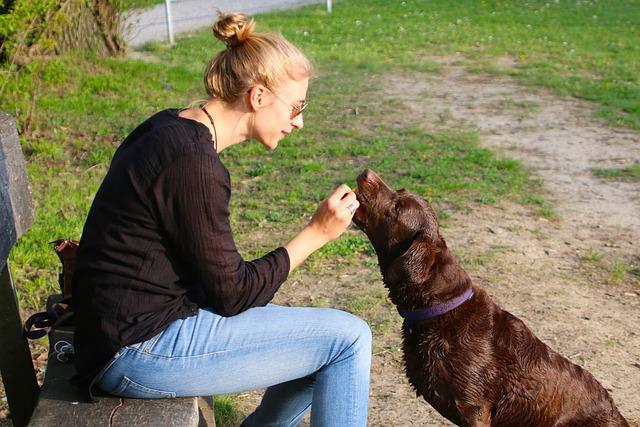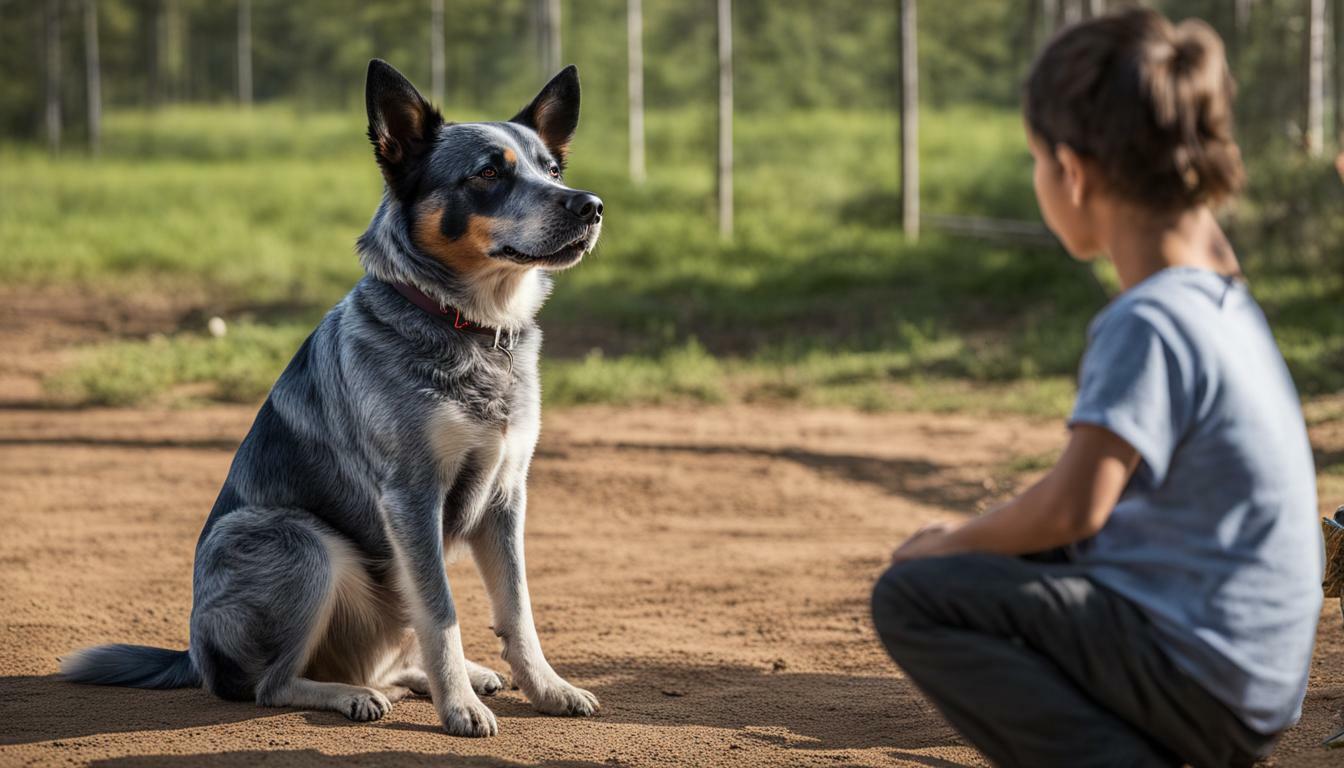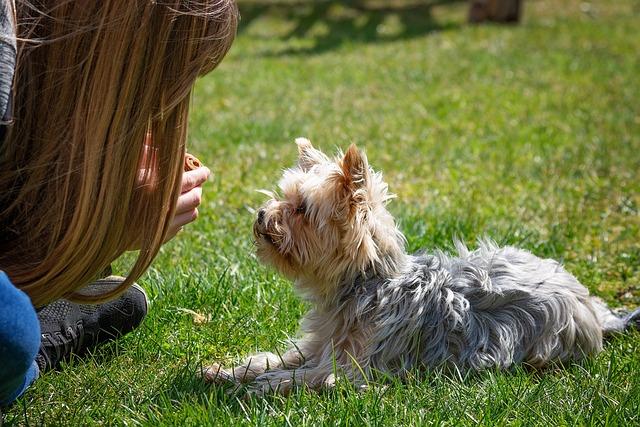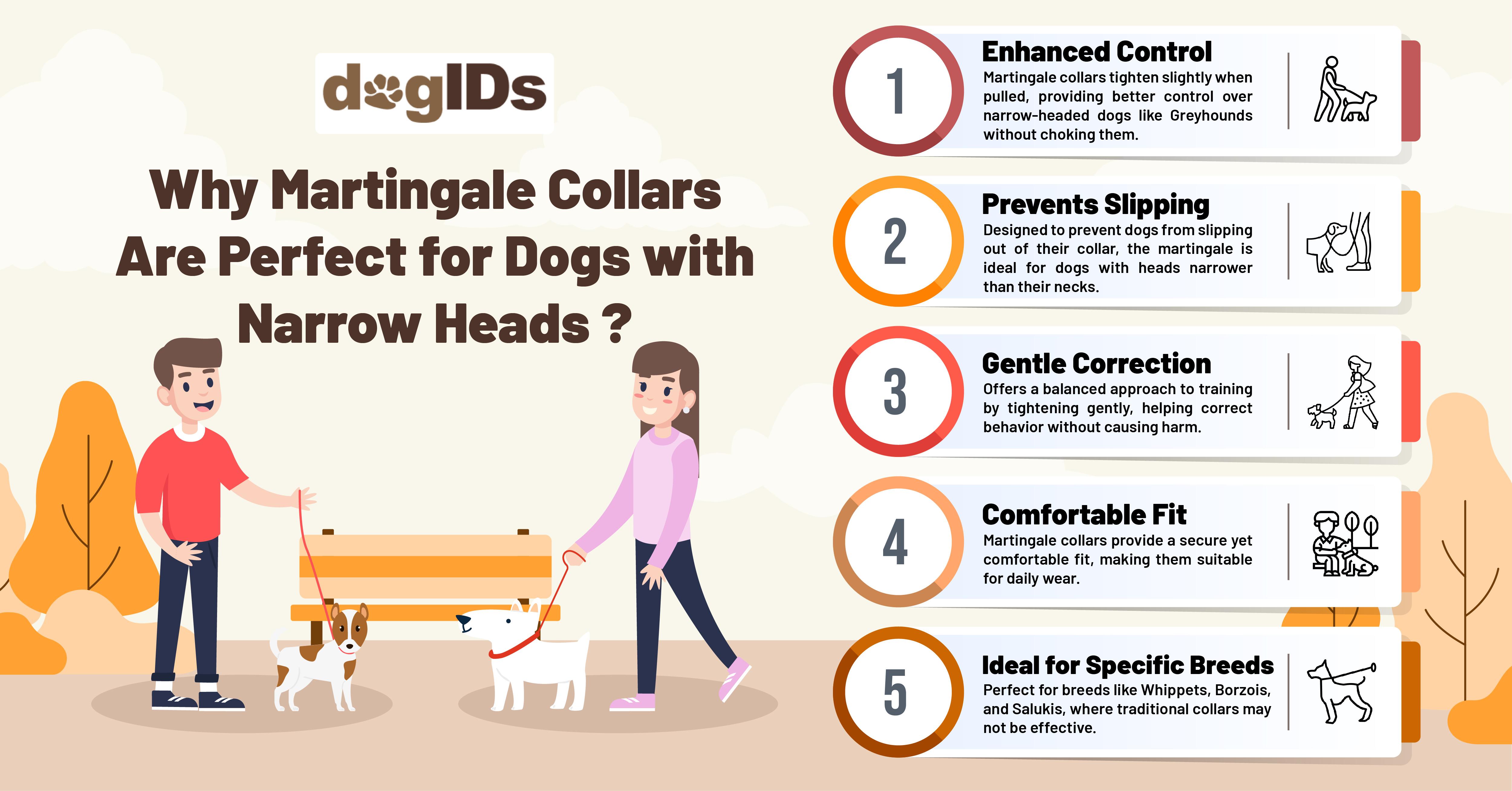Training a dog is an incredibly rewarding journey that strengthens the bond between you and your furry companion. At the heart of this journey lies a powerful and effective method: using reward-based toys. This approach not only makes training sessions enjoyable but also encourages your dog to learn and grow through positive reinforcement. In this article, we will explore how you can harness the power of reward-based toys to teach your dog new skills, enhance their obedience, and nurture their natural curiosity. Whether you’re a seasoned pet owner or a new dog parent, our warm and instructive guide will provide you with practical tips and insights to make training a delightful experience for both you and your beloved pet.
Choosing the Right Reward Toys for Your Dog
Finding the perfect toy to motivate your furry friend can be a game-changer in your training routine. Consider your dog’s preferences—some dogs are driven by the chase, while others love to chew or solve puzzles. Interactive toys like treat-dispensing balls or squeaky plushies can keep them engaged and excited. It’s essential to match the toy’s durability with your dog’s chewing strength to ensure safety and longevity.
- Size Matters: Ensure the toy is appropriate for your dog’s size to prevent choking hazards.
- Material Safety: Look for non-toxic materials that can withstand your dog’s enthusiasm.
- Variety is Key: Rotate toys to maintain your dog’s interest and prevent boredom.
- Easy to Clean: Opt for toys that are easy to clean to maintain hygiene.
When choosing reward toys, consider incorporating sensory elements like different textures or scents to stimulate your dog’s senses further. By carefully selecting toys that cater to your dog’s individual likes and needs, you can enhance the training experience, making it both fun and effective.

Creating a Fun and Effective Training Routine
Training your dog can be a delightful journey when you incorporate reward-based toys into your routine. These toys serve as both a source of entertainment and a powerful motivator, encouraging your furry friend to learn new commands and behaviors. To make the most of these tools, it’s important to select toys that are both engaging and suitable for your dog’s size and preferences. Interactive toys that dispense treats, for example, can transform a mundane training session into an exciting game. As you introduce these toys, remember to maintain a positive atmosphere and celebrate small victories with your dog.
Here are some tips to ensure your training routine is both effective and enjoyable:
- Rotate toys regularly to keep your dog interested and eager to learn.
- Match the toy to the task: Use specific toys for specific commands to build a clear association.
- Start simple and gradually increase the difficulty level as your dog becomes more confident.
- Be patient: Consistency and encouragement are key to reinforcing positive behaviors.
By integrating these playful elements into your training sessions, you’ll not only teach your dog new skills but also strengthen the bond you share.

Understanding Your Dogs Motivations and Preferences
Every dog is unique, with its own set of motivations and preferences. Understanding these can make training a more enjoyable and effective process for both you and your furry friend. Some dogs are driven by food, while others may find joy in physical affection or play. To truly tap into what makes your dog tick, observe their reactions to different stimuli. Do they wag their tail enthusiastically when you bring out a squeaky toy, or do their eyes light up at the sight of a treat?
- Observe: Spend time watching your dog’s reactions to various toys and rewards. Note what excites them the most.
- Experiment: Introduce a variety of reward-based toys, such as puzzle feeders, chew toys, or fetch items, to see which ones captivate their interest.
- Adapt: Customize your training sessions based on their preferences. If they are food-motivated, incorporate treats into their toys. For play-driven dogs, use toys that encourage active engagement.
By aligning training activities with your dog’s natural preferences, you’ll foster a deeper bond and create a more positive learning environment. Remember, the key to successful training is not just consistency but also understanding what makes your dog happiest.

Troubleshooting Common Training Challenges
Encountering hurdles in your dog’s training journey is entirely normal, but with patience and the right approach, they can be overcome. One common issue is a lack of interest in the reward-based toys. To tackle this, ensure the toy is engaging enough. Interactive toys that make noise or dispense treats can often reignite a dog’s enthusiasm. Additionally, rotate toys regularly to maintain novelty and excitement.
Another challenge might be inconsistency in training sessions. Dogs thrive on routine, so aim to establish a regular schedule. Keep training sessions short and focused to prevent fatigue. Here are some tips to maintain consistency:
- Set a specific time each day for training to build a habit.
- Use the same commands and gestures to avoid confusion.
- Ensure all family members are aware of the training methods to provide uniform guidance.
Remember, patience and persistence are key. Celebrate small victories and stay positive to foster a supportive learning environment for your furry friend.

